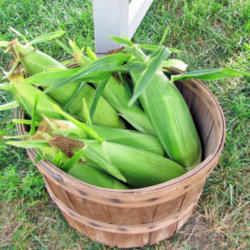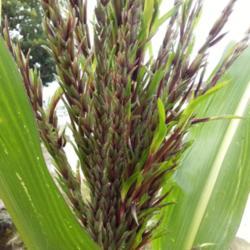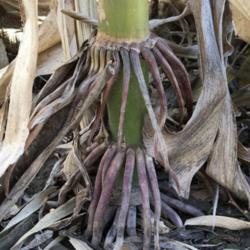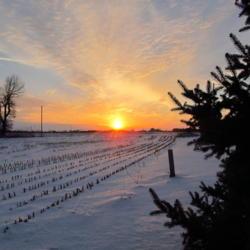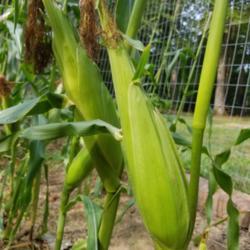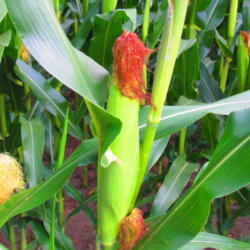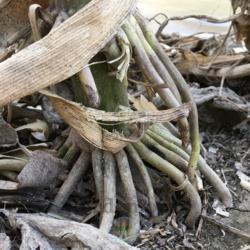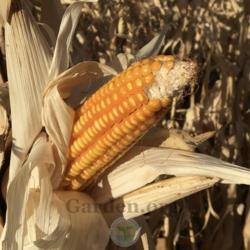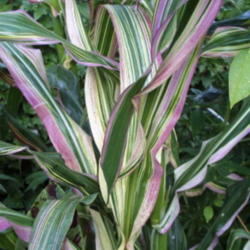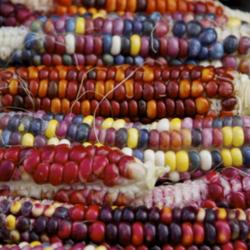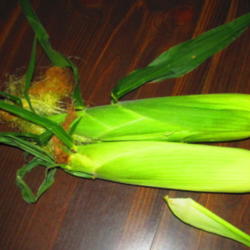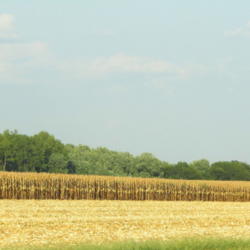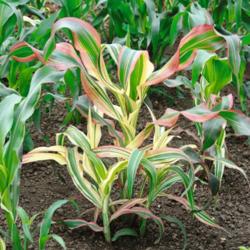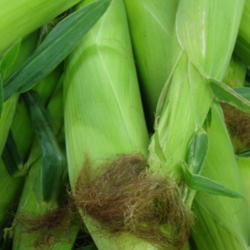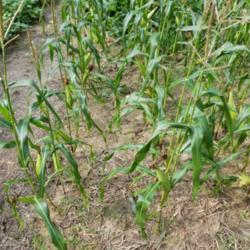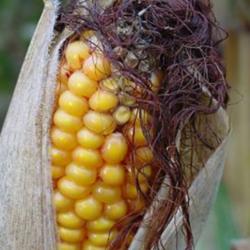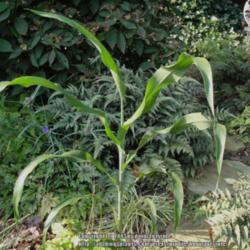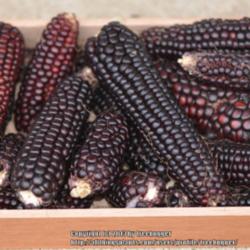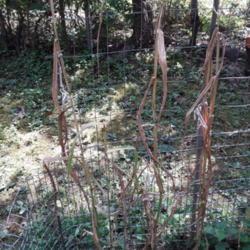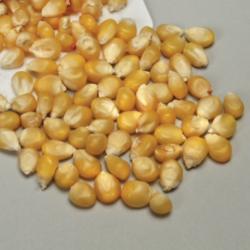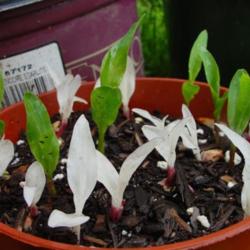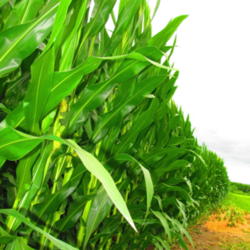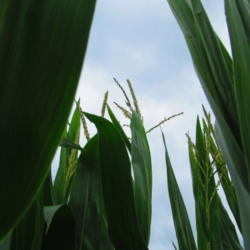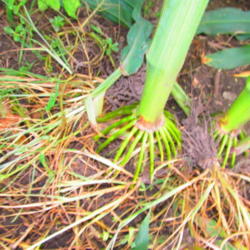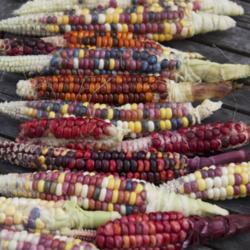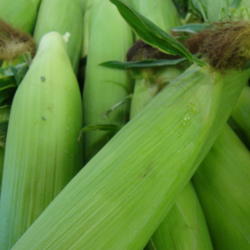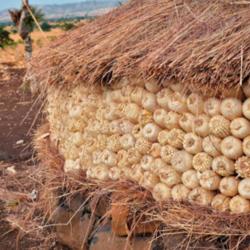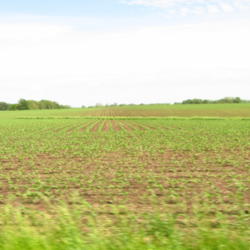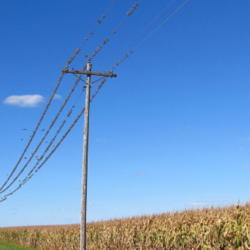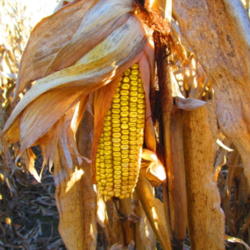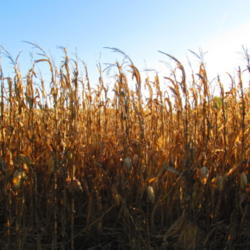"Maize, known in some English-speaking countries as corn, is a large grain plant domesticated by indigenous peoples in Mesoamerica in prehistoric times. The leafy stalk produces ears which contain the grain, which are seeds called kernels. Maize kernels are used in cooking as a starch.
Because it is cold-intolerant, in the temperate zones maize must be planted in the spring. Its root system is generally shallow, so the plant is dependent on soil moisture. As a C4 plant (a plant that uses C4 carbon fixation), maize is a considerably more water-efficient crop than C3 plants (plants that use C3 carbon fixation) like the small grains, alfalfa and soybeans. Maize is most sensitive to drought at the time of silk emergence, when the flowers are ready for pollination. In the United States, a good harvest was traditionally predicted if the maize were "knee-high by the Fourth of July", although modern hybrids generally exceed this growth rate. Maize used for silage is harvested while the plant is green and the fruit immature. Sweet corn is harvested in the "milk stage", after pollination but before starch has formed, between late summer and early to mid-autumn.
Many of the maize varieties grown in the United States and Canada are hybrids. Often the varieties have been genetically modified to tolerate glyphosate or to provide protection against natural pests. Glyphosate (trade name Roundup) is an herbicide which kills all plants except those with genetic tolerance. This genetic tolerance is very rarely found in nature.
In midwestern United States, low-till or no-till farming techniques are usually used. In low-till, fields are covered once, maybe twice, with a tillage implement either ahead of crop planting or after the previous harvest. The fields are planted and fertilized. Weeds are controlled through the use of herbicides, and no cultivation tillage is done during the growing season. This technique reduces moisture evaporation from the soil, and thus provides more moisture for the crop. The technologies mentioned in the previous paragraph enable low-till and no-till farming. Weeds compete with the crop for moisture and nutrients, making them undesirable."
Taken from wikipedia's page at:
http://en.wikipedia.org/wiki/M...
